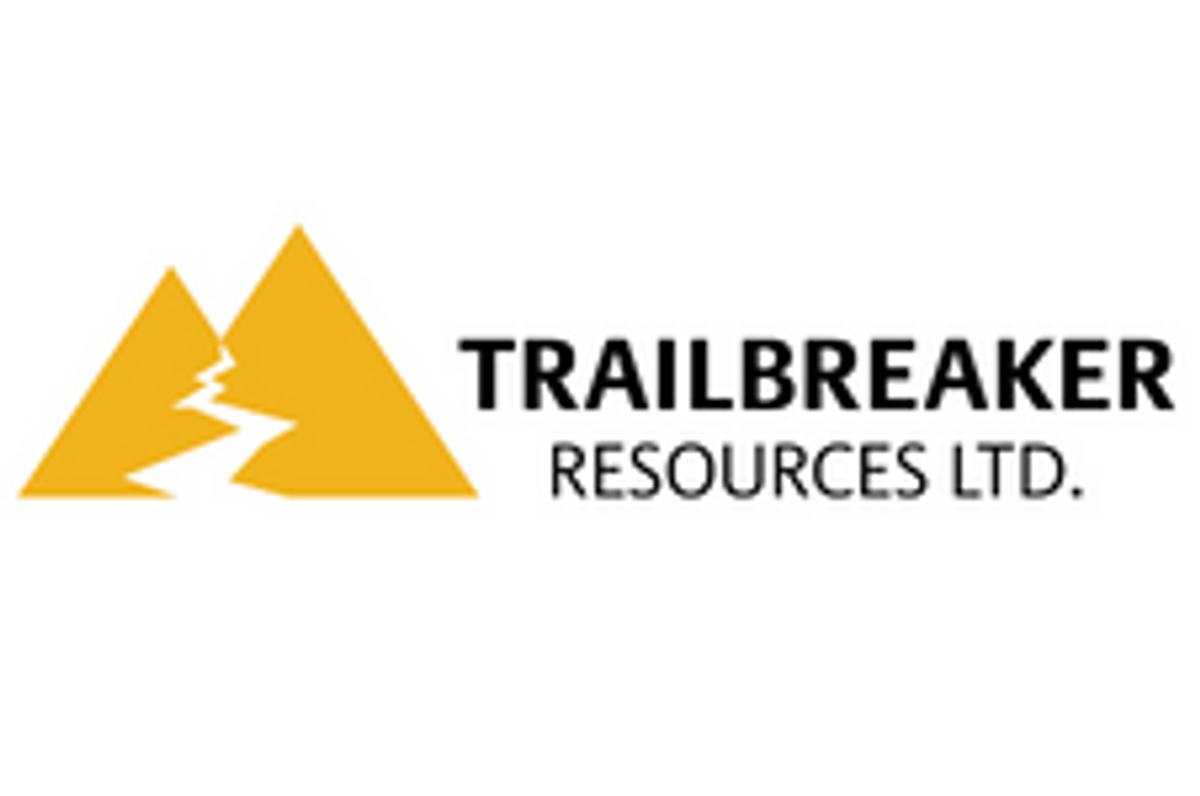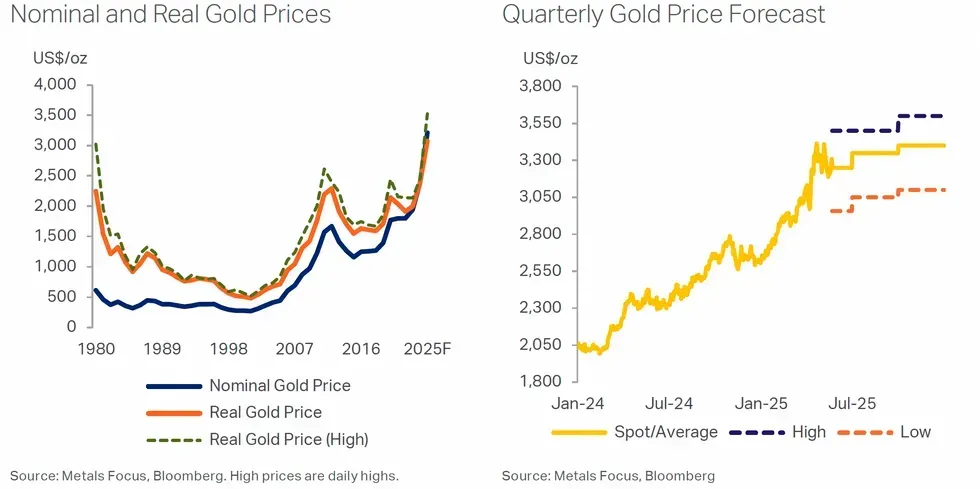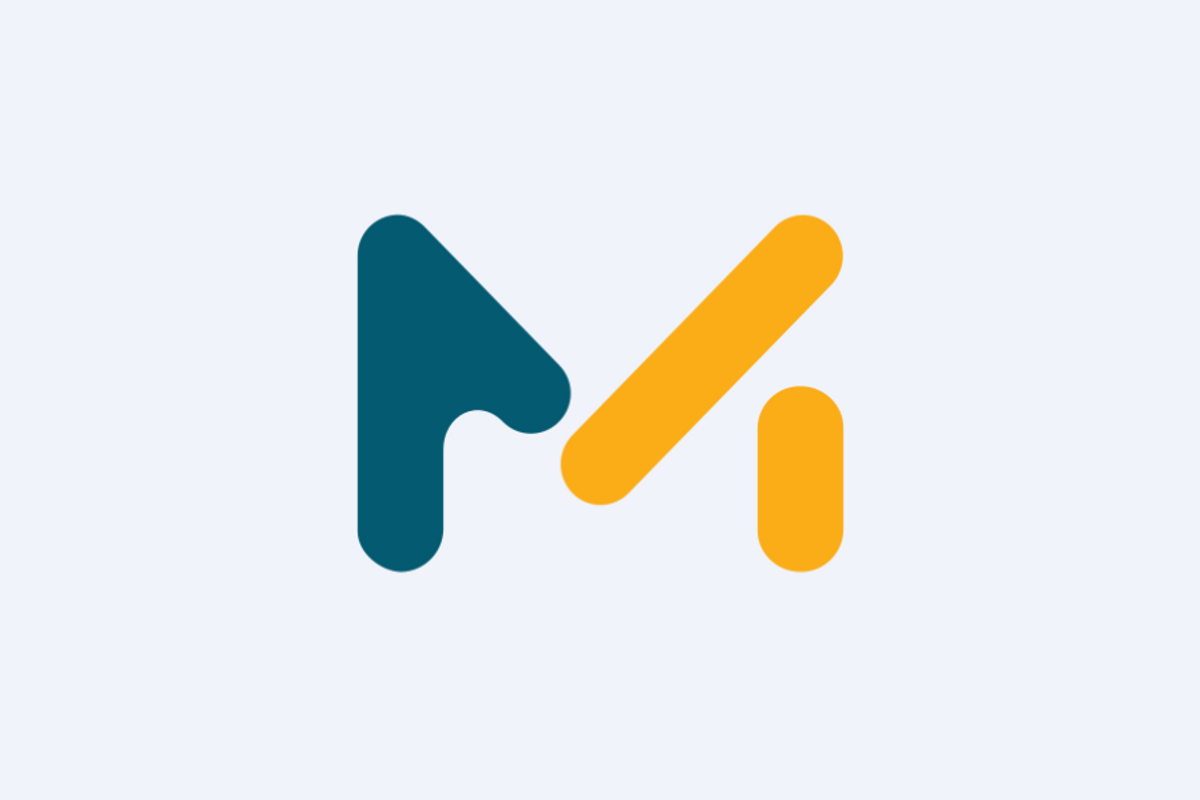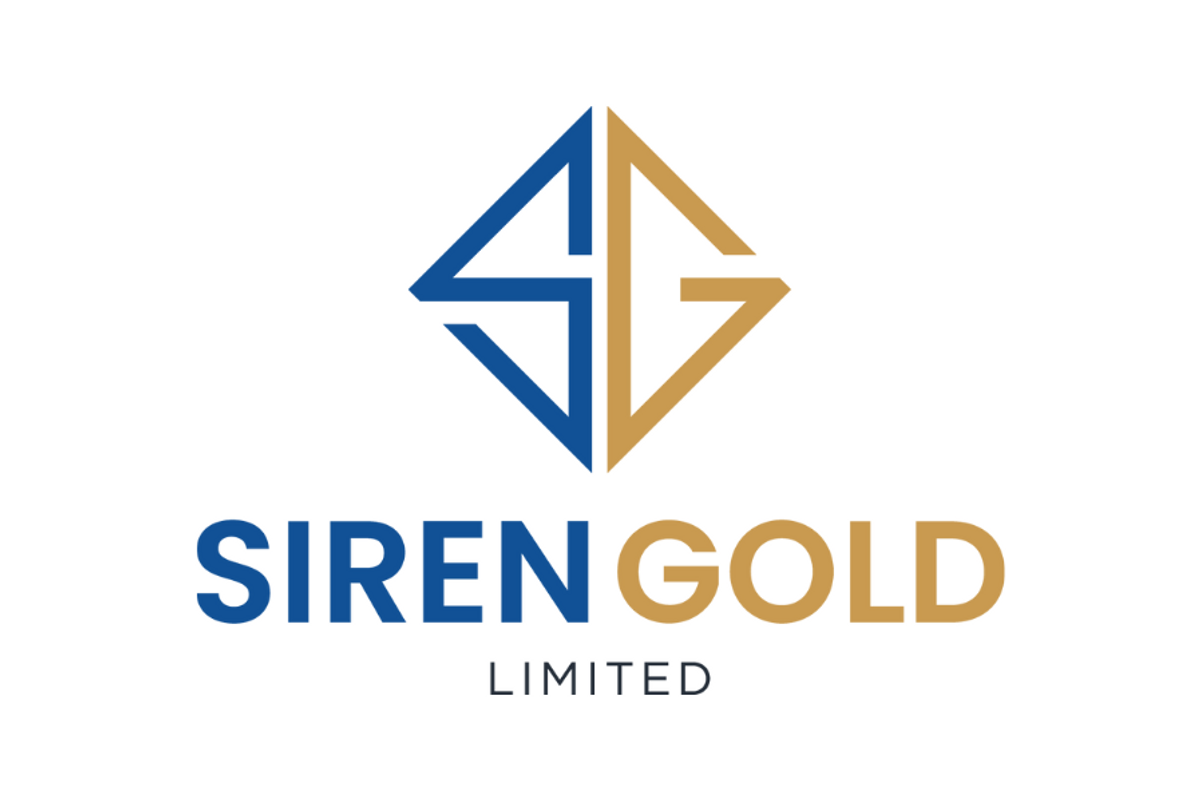
December 19, 2023
Siren Gold Limited (ASX: SNG) (Siren or the Company) is pleased to update shareholders on policy changes announced by the new coalition government in New Zealand.
Change of Government
Siren Gold welcomes the new policy direction from the New Zealand government sworn in 27 November 2023, and their 100-day plan to rebuild the national and regional economies of New Zealand.
Christopher Luxon, New Zealand’s 42nd prime minister, is leading a centre-right government with the National Party, ACT New Zealand and New Zealand First, with clear policy plans to support regional development and the resource sectors.
Key Coalition Agreement Policies
- Update the Crown Minerals Act 1991 to clarify its role as promoting the use of Crown minerals.1
- Explore the potential for a critical minerals list, where such minerals would have a preferential pathway for development once identified.1
- The Parties commit to establishing a fast-track one-stop-shop consenting and permitting process for regional and national projects of significance (Amendment of Resource Management Act 1991).2
- Investigate the strategic opportunities in New Zealand's mineral resources, including vanadium, and develop a plan to develop these opportunities.2
Minister for Resources
The Hon Shane Jones, Minister for Resources, Regional Development, Oceans & Fisheries, recently delivered his first full speech (address in reply debate) with strong support for mining and rare earth mineral extraction, as well as mining on Department of Conservation (DoC) land, stating:
“We're going to have not only a plan but we're going to have some certainty for the providers of international capital who are going to help us develop our economy.
Fast track for aquaculture, fast track for mining, fast track for energy, fast track for infrastructure.
Mining is coming back.”
– The Hon Shane Jones, Minister for Resources
Siren Gold is looking forward to the government’s contribution and commitment to regional and resource development, as we continue to engage with local and regional councils on the West Coast of New Zealand.
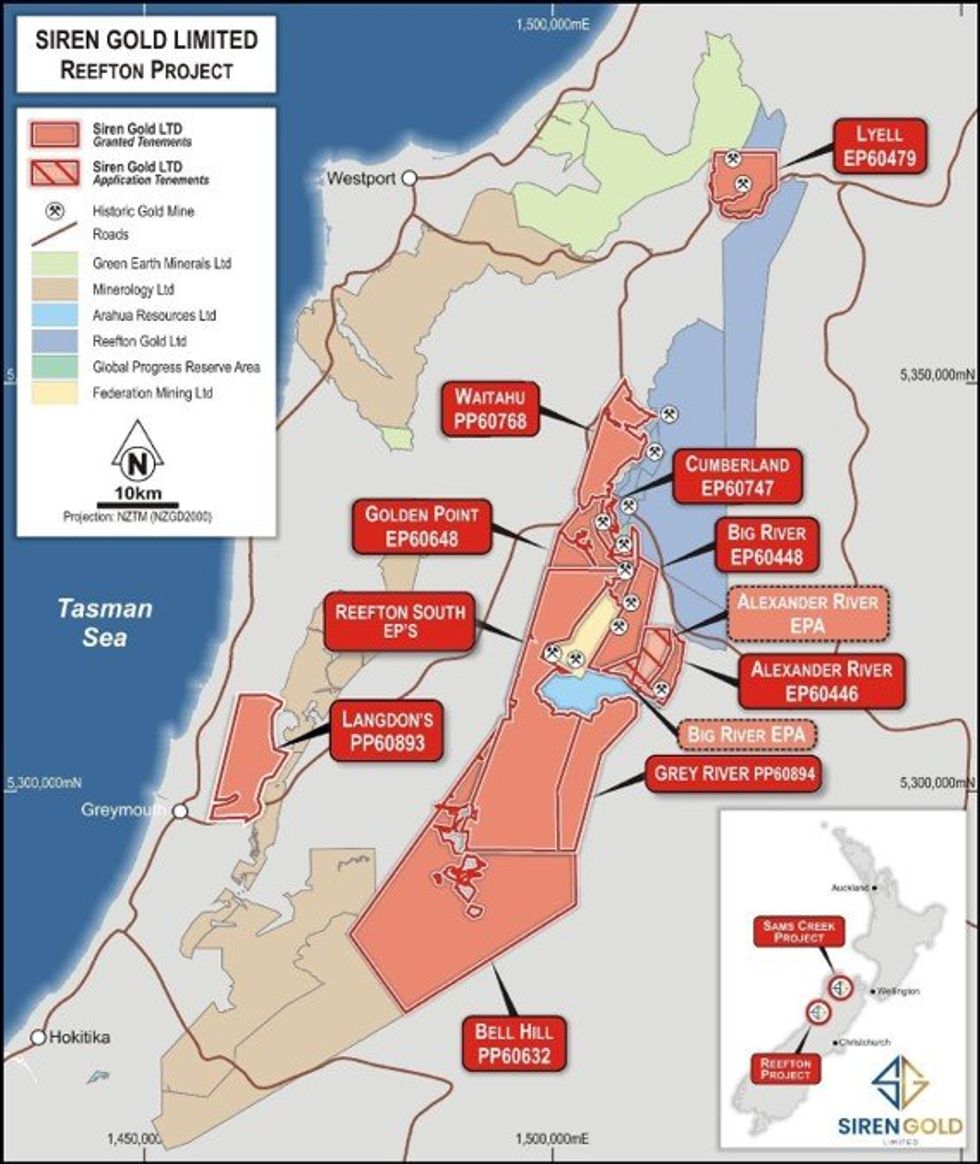
Click here for the full ASX Release
This article includes content from Siren Gold, licensed for the purpose of publishing on Investing News Australia. This article does not constitute financial product advice. It is your responsibility to perform proper due diligence before acting upon any information provided here. Please refer to our full disclaimer here.
SNG:AU
The Conversation (0)
4h
Trailbreaker Resources Announces Exchange Approval Of COHO Property Option
Trailbreaker Resources Ltd. (TBK.V) (“Trailbreaker” or “the Company”) is pleased to announce that the TSX Venture stock exchange (the “Exchange”) has approved the option agreement for Trailbreaker to acquire a 100% interest in the Coho property, central British Columbia (BC).
The 8,000-hectare Coho property covers a copper-gold (Cu-Au) porphyry target located 90 km north of Fort St. James, BC, and 30 km west of the Mount Milligan mine. Historically named the Chuchi South property, Trailbreaker renamed the project as the Coho property when the Company announced the acquisition on May 26, 2025 (see news release).
Terms of the Option Agreement
On May 15th, 2025, Trailbreaker signed an option agreement (the “Agreement”) with Ron Bilquist (“Bilquist”) of Gabriola, BC. Subject to the approval of the Exchange, Trailbreaker has the option to acquire a 100% interest in the Coho property if the following terms are met:
(a) pay to Bilquist an aggregate $380,000 as follows:
(i) $20,000 on execution of this Agreement;
(ii) an additional $25,000 on or before May 20, 2026;
(iii) an additional $35,000 on or before May 20, 2027;
(iv) an additional $50,000 on or before May 20, 2028;
(v) an additional $50,000 on or before May 20, 2029;
(vi) an additional $200,000 on or before May 20, 2030; and
(b) issue and deliver to Bilquist an aggregate 700,000 Trailbreaker common shares (“Shares”) as follows:
(i) 50,000 Shares within 10 days of the date of Regulatory Approval;
(ii) an additional 100,000 Shares on or before May 20, 2026;
(iii) an additional 150,000 Shares on or before May 20, 2027;
(iv) an additional 200,000 Shares on or before May 20, 2028;
(v) an additional 200,000 Shares on or before May 20, 2029; and
(c) complete Expenditures on the Property of $200,000 as follows:
(i) $200,000 of Expenditures on or before May 20, 2027; and
(ii) Expenditures (including the Expenditures referred to in (i) above) of $1 million or
1,500 metres of diamond drilling within 3 years of receiving a drill permit
Upon completion of the Agreement, Trailbreaker will obtain a 100% interest in the property and Bilquist will retain a total 2.0% Net Smelter Return (NSR) royalty, which may be brought down to 0.5% through a cash payment of $1,500,000 to Bilquist.
Upon completion of a bankable feasibility study, Trailbreaker shall pay to Bilquist $1,500,000.
Commencing on May 20, 2032, Trailbreaker shall pay to Bilquist annually $30,000 as an advance payment against the royalty, such payments to be credited against the royalty once the property goes into commercial production.
For more information about the Coho property see the May 26, 2025 news release or the Coho section on Trailbreaker’s webpage:
About Trailbreaker Resources
Trailbreaker Resources is a mining exploration company focused primarily on mining-friendly British Columbia and Yukon Territory, Canada. Trailbreaker is committed to continuous exploration and research, allowing maintenance of a portfolio of quality mineral properties which in turn provides value for shareholders. The company has an experienced management team with a proven track record as explorers and developers throughout the Yukon Territory, British Columbia, Alaska and Nevada.
ON BEHALF OF THE BOARD
Daithi Mac Gearailt
President and Chief Executive Officer
Carl Schulze, P. Geo., Consulting Geologist with Aurora Geosciences Ltd, is a qualified person as defined by National Instrument 43-101 for Trailbreaker's BC and Yukon exploration projects, and has reviewed and approved the technical information in this release.
Other
For new information about the Company’s projects, please visit Trailbreaker’s website at TrailbreakerResources.com and sign up to receive news. For further information, follow Trailbreaker’s tweets at Twitter.com/TrailbreakerLtd, use the ‘Contact’ section of our website, or contact us at (604) 681-1820 or at info@trailbreakerresources.com.
Neither the TSX Venture Exchange nor its Regulation Services Provider (as that term is defined in the policies of the TSX Venture Exchange) accepts responsibility for the adequacy or accuracy of this release.
Forward-Looking Statements
Statements contained in this news release that are not historical facts are "forward-looking information" or "forward-looking statements" (collectively, "Forward-Looking Information") within the meaning of applicable Canadian securities legislation and the United States Private Securities Litigation Reform Act of 1995. Forward-Looking Information includes, but is not limited to, disclosure regarding possible events, conditions or financial performance that is based on assumptions about future economic conditions and courses of action; expectations regarding future exploration and drilling programs and receipt of related permitting. In certain cases, Forward-Looking Information can be identified by the use of words and phrases such as "anticipates", "expects", "understanding", "has agreed to" or variations of such words and phrases or statements that certain actions, events or results "would", "occur" or "be achieved". Although Trailbreaker has attempted to identify important factors that could affect Trailbreaker and may cause actual actions, events or results to differ materially from those described in Forward-Looking Information, there may be other factors that cause actions, events or results not to be as anticipated, estimated or intended. In making the forward-looking statements in this news release, if any, Trailbreaker has applied several material assumptions, including the assumption that general business and economic conditions will not change in a materially adverse manner. There can be no assurance that Forward-Looking Information will prove to be accurate, as actual results and future events could differ materially from those anticipated in such statements. Accordingly, readers should not place undue reliance on Forward-Looking Information. Except as required by law, Trailbreaker does not assume any obligation to release publicly any revisions to Forward-Looking Information contained in this news release to reflect events or circumstances after the date hereof or to reflect the occurrence of unanticipated events.
Keep reading...Show less
18h
Magmatic Closing In on Potential New Copper-Gold Porphyry Discovery at Calais
Myall FJVA Project (Farm-in and Joint Venture with Fortescue)
Magmatic Resources Limited (‘Magmatic’ or ‘the Company’) is pleased to provide an update on ongoing activities at our Myall Project with FMG Resources Pty Ltd (‘Fortescue’), a wholly-owned subsidiary of Fortescue Ltd (ASX:FMG) near Narromine in New South Wales.
HIGHLIGHTS
- Magmatic Resources Limited (‘Magmatic’ or ‘the Company’) is pleased to provide an update on ongoing activities at our Myall Project with FMG Resources Pty Ltd (‘Fortescue’), a wholly-owned subsidiary of Fortescue Ltd (ASX:FMG) near Narromine in New South Wales. This drilling program1, organised pursuant to the Farm-in and Joint Venture Agreement signed between the Company and Fortescue in March 2024 (ASX MAG 8 March 2024), was designed to test multiple regional conceptual targets (Calais, Barina, SLR, Monaro, Sandman) based on geophysical and geochemical modelling conducted by Fortescue, as well as test and extend Magmatic’s geological model at the Corvette – Kingswood copper-gold maiden Inferred Mineral Resource Estimate2.
- A second diamond drill hole (FMD0508, 393.8 m; Table 2; Figures 1-5) was completed at the Calais prospect, following up on previously released results from FMD0504: 10.8 m at 0.39% Cu, 0.07 g/t Au (from 197 m to 207.8 m, at end of hole) within 42.8 m at 0.19% Cu, 0.03 g/t Au (from 165 m to eoh). Best assay results include;
- 11.7m at 0.59 g/t Au, 0.38% Zn, 2.9 g/t Ag, 1.8 ppm Mo, 0.05% Cu (from 138 m)
- 8 m at 0.23% Cu, 0.04 g/t Au (255m) within 26 m at 0.14 % Cu, 0.08 g/t Au (from 241m)
- 26m at 0.10 % Cu, 0.01 g/t Au (from 329m)
- The above results are within a broad magnetite-pyrite-chalcopyrite zone of 271.2m at 660ppm Cu (122.6 to 393.8m end of hole) in intensely magnetite-epidote altered diorite.
- Magmatic interpret these results to indicate that the copper and gold intercepts in FMD0504 and FMD0508 at Calais are within the wallrock of a mineralised porphyry system and the anomalous gold result in FMD0508 is potentially related to an epithermal overprint at the upper levels of a porphyry system. Further work, including drilling, is required to vector to the centre of the system. Magmatic staff and consultants are working closely with Fortescue to further understand the system and refine the geological framework of the Narromine Igneous Complex.
- FMD0508 is only the second deep hole at Calais and the controls on mineralisation are not well understood. The high-grade copper intercept in FMD0504 was not intersected in FMD0508, and so significant search space remains to be tested.
- For this drilling program, including results for FMD0501 to FMD0507 reported in March (ASX MAG 25 March 2025), 12 holes for 2,988 m were completed (FMD0501 to FMD0512, Table 1). Assay results have been received for FMD0508 (Calais) and FMD0509 (Monaro). Results for the remaining holes (FMD0510- 512 Monaro and Sandman) are pending and will be reported once results are received.
Commenting on the latest diamond drilling results from the Myall FJVA Project, Magmatic Resources’ Managing Director Mr David Richardson said:
“The gold mineralisation intersected by recent drilling at Calais has continued to open up this second exploration front within the Myall FJVA Project and intersecting a gold-copper zone at this early stage is very encouraging. We are working closely with Fortescue on a follow-up program.”
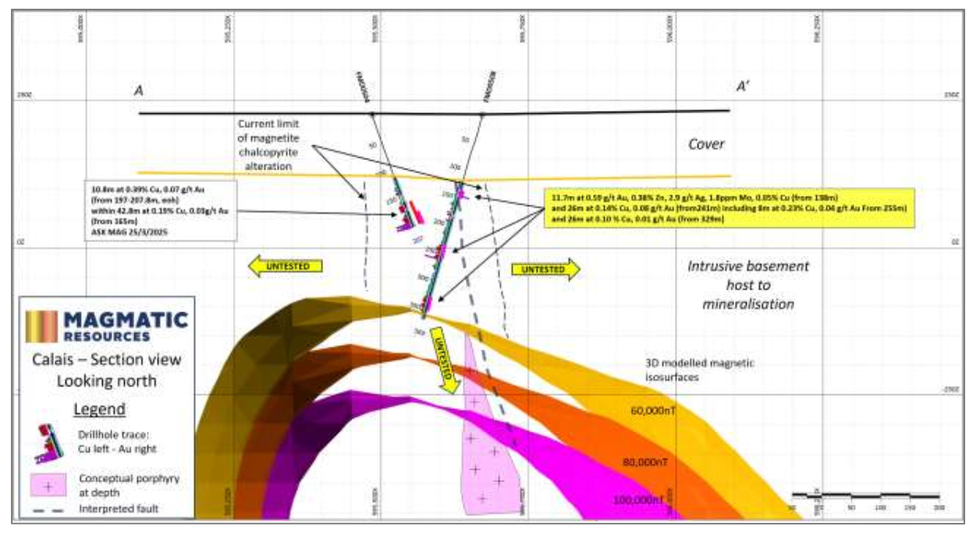
Click here for the full ASX Release
This article includes content from Magmatic Resources, licensed for the purpose of publishing on Investing News Australia. This article does not constitute financial product advice. It is your responsibility to perform proper due diligence before acting upon any information provided here. Please refer to our full disclaimer here.
Keep reading...Show less
05 June
Metals Focus: Gold to Average US$3,210 in 2025 as Central Banks Buy and Trade Tensions Grow
Leading gold analysis firm Metals Focus published its annual flagship Gold Focus report on Thursday (June 5).
The report outlines the key trends influencing the gold market and price over the past year, noting that the metal experienced a remarkable run in 2024, driven by improving investor sentiment toward the yellow metal.
Throughout the year, the gold price surged at a blistering pace, starting 2024 at around the US$1,980 per ounce mark and reaching a peak of US$2,790 at the end of October. Since then, gold has continued to climb, setting repeated record highs since the start of 2025 — the most recent occurred on May 6, when gold reached US$3,437.
Metals Focus anticipates that the underlying conditions supporting gold's record run will persist through 2025, with the price expected to reach a yearly average of US$3,210, a record high.
What’s behind the shift in investor sentiment?
Up until the start of 2025, investor sentiment remained low, particularly in western markets where exchange-traded funds (ETFs) saw outflows for much of the year. It wasn’t until October, as the price of gold approached the US$2,800 mark, that ETF inflows in the US and Europe began to gain positive momentum.
Significant purchases by central banks in Asia, the Middle East, and Eastern Europe provided essential pricing support for gold behind the price gains in 2024. Overall, central banks added a record 1,086 metric tons throughout the year.
This buying was driven by countries aiming to diversify their monetary holdings away from the US dollar, as gold serves as a non-liability-bearing reserve asset. The shift in monetary policy has gained attention over the past several years, especially after Russia’s invasion of Ukraine and growing concerns over US overreach following the country’s actions to cut Russia off from the global banking system and restrict the use of the US dollar.
Investors also noted the persistent tensions between Russia and Ukraine, along with fears that the Israel–Gaza conflict could escalate into a broader regional war, which further influenced sentiment in favour of gold as a haven asset.
Geopolitics, uncertainty provide additional price support in 2025
The underlying global drivers have persisted into early 2025, accompanied by new tailwinds for the gold market.
These include the chaos caused by US trade policy, which has created a rift between the world’s largest economy and key trading partners, notably Canada, Mexico, and China. Tariffs have heightened the expectation of a trade war that could affect supply chains and future trade agreements.
The severity, permanence, and outcomes of these measures have only just begun to be felt in the market. US market data registered a slight uptick in inflation numbers for May, and the US Federal Reserve suggested that uncertainty played a role in its decision to maintain interest rates at its last meeting on May 6-7.
Policies enacted by the Trump administration since the beginning of the year have led to a slowdown in global economic growth and have even raised the spectre of a recession as the tariffs threaten to reverse global central banks’ fight against inflation.
In addition to US foreign policy, its ballooning debt continues to erode confidence in the US dollar as the global reserve currency. The current US debt sits around US$37 trillion. The Trump administration pledged to tackle growing debt by cutting government spending through new initiatives like the Department of Government Efficiency.
However, a new spending bill that would essentially extend Donald Trump’s Tax Cuts and Jobs Act would reduce federal income by US$4.5 billion, with minimal decrease in spending to offset this loss.
The overall sustainability of the US economy has raised significant concern among investors, particularly as expectations suggest that Trump’s policies will worsen the debt crisis in the US. This has led to considerable instability in US and global equity markets since the start of the year, resulting in increased inflows into gold and gold-backed securities.
Supply and demand outlook
High prices are causing significant shifts in market demand, leading Metals Focus to predict a net decline of 9 percent in 2025, with total tonnage falling to 4,246 metric tons from the 4,669 metric tons recorded in 2024.
Leading the way is jewellery, the largest demand segment, which is projected to decrease by 16 percent in 2025, dropping from 2,011 metric tons in 2024 to 1,696 metric tons, with India and China contributing the most substantial declines.
In India, a shift towards lighter weight and lower karat pieces is expected to accelerate, while in China, high prices, weak consumer sentiment, and a sluggish economy will impact demand there.
In other countries, jewellery demand is likely to be affected by high prices, low consumer confidence, and economic uncertainty.
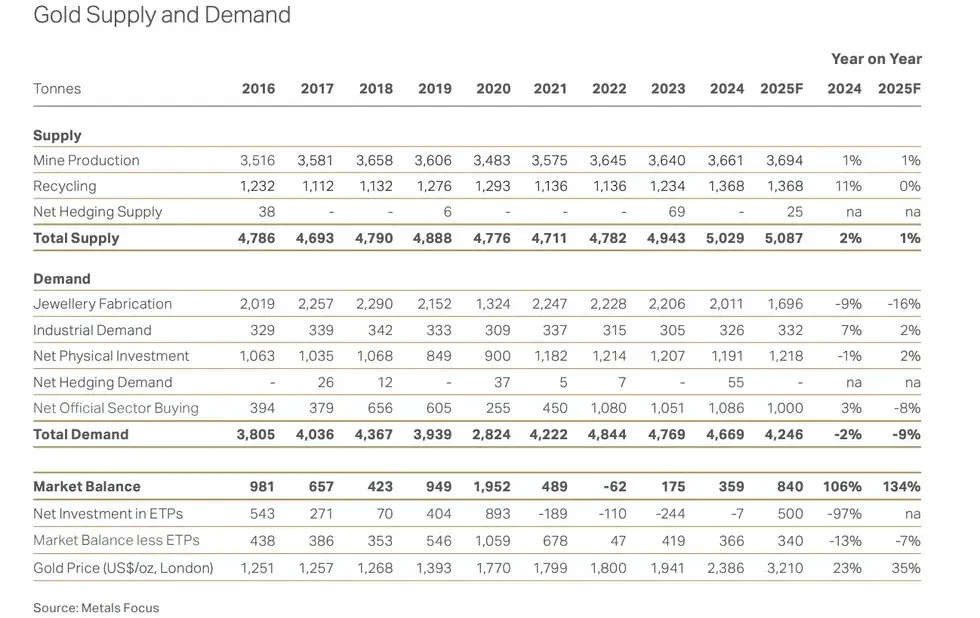
Gold supply and demand.
Chart via Metals Focus.
Additionally, central banks are expected to slow their pace of buying, with Metals Focus suggesting an 8 percent decline to 1,000 metric tons, down from the record 1,089 metric tons purchased the previous year.
However, these declines will be offset by increases in other sectors.
Net physical demand is predicted to rise by 2 percent to 1,218 metric tons from 1,191 metric tons in 2024 as more investors will be drawn to gold to diversify their portfolios amid economic uncertainty and geopolitical tension.
The expectation is that much of the increase will be driven by Chinese investment, followed by a recovery in European markets. Conversely, the US may experience some decline as investors there seek to take profits while gold continues to trade near record-high prices.
Gold supply is projected to see modest growth in 2025, with Metals Focus forecasting a 1 percent increase to 3,694 metric tons from the 3,661 metric tons recorded in 2024. Higher output is anticipated globally, with the exceptions of Asia, Oceania, and the Commonwealth of Independent States.
A significant contributor is a 19 percent increase in North American output as Artemis Gold’s (TSXV:ARTG,OTCQX:ARGTF) Blackwater mine, B2Gold’s (TSX:BTO,NYSE:BTG) Goose Project, and Calibre Mining’s (TSX:CXB,OTCQB:CXBMF) Valentine mine come online. Similarly, Central and South America are expected to see several new mines begin operations in 2025, resulting in a 23 percent increase in regional output.
The firm expects recycling to remain stable, despite predictions that gold prices will reach record highs for the remainder of 2025.
Metals Focus attributes this stability to weak retail destocking in China, which corresponds with low demand for jewellery. In the West, recycling is anticipated to be affected by near-market stock depletion and increased exchange rates of old for new jewellery in price-sensitive markets.
Furthermore, producer debt obligations must be addressed alongside periods of high capital expenditures for certain producers, which is anticipated to result in heightened hedging activity by year-end.
Investor takeaway
Overall, Metals Focus predicts a strong year for gold prices, driven by a global macro environment characterized by trade wars, economic uncertainty, and geopolitical tensions.
While higher prices may reduce discretionary spending on gold products, investors are turning to the gold market to diversify their portfolios, further contributing to a rise in gold prices in 2024 and 2025.
However, elevated prices will likely benefit producers who have spent recent years finding operational efficiencies and offsetting cost increases from a heightened inflationary environment. This situation has led to higher margins and a healthy balance sheet in 2024, which Metals Focus believes is likely to continue into 2025.
Although exploration activities faced a global downturn in 2024, there were notable exceptions. Metals Focus noted that mining data firm Opaxe recorded a 10 percent decrease in global exploration reports in 2024. However, Canada, Australia, and the US made up 70 percent of the total updates, indicating a preference for politically stable jurisdictions.
Investors in the gold market may benefit from paying attention to these trends, as producers aim to expand mining operations or seek new deposits to replenish depleting resources.
Don’t forget to follow us @INN_Resource for real-time news updates!
Securities Disclosure: I, Dean Belder, own shares of Calibre Mining.
Keep reading...Show less
05 June
Signing of Binding Share Purchase Agreement Tabakorole and Yanfolila, Mali
Marvel Gold Limited (ASX: MVL) (Marvel or the Company) is pleased to announce that it has entered into a binding Share Purchase Agreement (Agreement) with Anchises Capital LLC (Anchises) to sell its interests in the Tabakorole and Yanfolila Gold Projects in Mali via the sale of the issued capital of Marvel’s wholly owned subsidiaries, Marvel Gold Australia Pty Ltd, Sola Mining SARL and Yanfo SARL (Subsidiaries) that hold Marvel’s interests in the Tabakorole and Yanfolila Gold Projects (Transaction).
Marvel and Anchises had previously signed a binding Term Sheet dated 3 March 2025 to proceed with the Transaction, subject to completion of a definitive full- form agreement (Refer to ASX Announcement dated 4 March 2025), and the Agreement reflects the terms of the earlier Term Sheet.
Transaction Highlights
- Anchises has agreed to proceed with the Transaction prior to the official renewal of the tenements comprising the Tabakorole and Yanfolila Gold Projects.
- Total consideration of AUD$1,650,000 comprising of:
- An up-front, non-refundable, Exclusivity Fee of AUD$150,000 which has been received by Marvel.
- AUD$1,500,000 (Final Payment) payable within 20 business days after the date of signing the Agreement.
Following Completion of the Transaction, Marvel’s sole remaining project in Mali will be the Kolondieba Gold Project which is under a Earn-in and Joint Venture agreement with Resolute Mining Limited.
Executive Director Tim Strong Commented:“We are delighted to have entered into a binding Share Purchase Agreement with Anchises, marking a significant milestone in our strategic portfolio realignment. This transaction not only reinforces our commitment to divesting the Company’s Mali assets but also strengthens our balance sheet with additional cash. Coupled with the recent acquisition of the highly prospective Hanang Gold Project in Tanzania, this marks the beginning of an exciting new chapter for Marvel as we sharpen our focus on high-impact growth opportunities.”
Click here for the full ASX Release
This article includes content from Marvel Gold Limited, licensed for the purpose of publishing on Investing News Australia. This article does not constitute financial product advice. It is your responsibility to perform proper due diligence before acting upon any information provided here. Please refer to our full disclaimer here.
Keep reading...Show less
05 June
Asra Strengthens Leadership & Technical Team to Drive Leonora Gold Strategy
Asra Minerals Limited (ASX: ASR; “Asra” or “the Company”) is pleased to announce key updates to its leadership and technical team. Effectively immediately, Mr Paul Stephen has been appointed Managing Director, and Mr Ziggy Lubieniecki has been engaged as a Geological Consultant to assist Asra Minerals’ exploration programs.
Highlights
- Mr Paul Stephen appointed Managing Director, transitioning from his current role as Chief Executive Officer.
- Highly experienced geologist, Mr Ziggy Lubieniecki, appointed as Geological Consultant to support Asra’s exploration programs.
- Appointments significantly enhance Asra’s capabilities to execute its strategic objectives for its flagship Leonora gold Project.
These appointments underscore Asra’s commitment to building a high-calibre team to advance its portfolio of projects. The Company is confident that these leadership and technical enhancements will strengthen its capabilities to deliver on its exploration objectives and create shareholder value.
The Company also wishes to advise that Mr Paul Summers will be stepping down from his executive role and will remain as a Non-Executive Chairman, effective immediately. The Board thanks Mr Summers for his contributions as an executive and is pleased to retain his services as a Non-Executive Chairman.
Appointment of Managing Director
Mr Stephen has served as the Company’s Chief Executive Officer since December 2024. During this time, he has been instrumental in driving Asra’s refined strategic focus on its Leonora Gold Project. His transition to Managing Director reflects his significant contributions to date and the Board’s confidence in his leadership to execute Asra’s strategic objectives and deliver shareholder value.
Asra Minerals Non-Executive Chairman, Paul Summers:“We are delighted to appoint Paul as Managing Director. His deep understanding of our projects, coupled with his extensive experience in the resources sector, makes him the ideal leader to steer Asra through its next exciting chapter. The appointment provides continuity and strong director as we focus on unlocking the value of our assets.”
Appointment of Highly Experienced Geological Consultant
The Company is also pleased to announce the appointment of Mr Lubieniecki as a Geological Consultant to provide valuable direction to support Asra’s ongoing exploration programs.
Mr Lubieniecki is a highly respected geologist with over 39 years’ experience in mineral exploration, discovery and project development across gold and a range of key commodities. Mr Lubieniecki has previously held senior geological positions where he played pivotal roles in major discoveries, including the discovery and advancement of Gold Road Resources Ltd (ASX:GOR) 6.2 million ounce Gruyere Gold Project.
His expertise will be invaluable in guiding Asra’s exploration strategies, including unlocking newly identified targets and extensions to current resources at both the Leonora South and Leonora North Gold Projects.
Asra Minerals incoming Managing Director, Paul Stephen:“We are thrilled to welcome Ziggy to an active role supporting Asra’s broader geological team. His extensive geological knowledge and proven track record in exploration and discovery will be an important asset as we accelerate activities across our project portfolio. I look forward to working closely with him to enhance our geological understanding and drive discovery success”
Click here for the full ASX Release
This article includes content from Asra Minerals Limited, licensed for the purpose of publishing on Investing News Australia. This article does not constitute financial product advice. It is your responsibility to perform proper due diligence before acting upon any information provided here. Please refer to our full disclaimer here.
Keep reading...Show less
04 June
Harvest Gold CEO Outlines Strategic Play in Québec’s Gold-rich Abitibi Region
Harvest Gold (TSXV:HVG) President and CEO Rick Mark believes the company has a strong position in Québec's Abitibi greenstone belt, emphasizing the highly prospective Urban-Barry belt, "a very well-known mine-producing belt."
In an interview with the Investing News Network, Mark also honed in on Québec's supportive mining environment and accessible properties, which keep exploration costs "relatively very inexpensive."
“The exciting thing about the Urban-Barry belt is it contains a (gold) deposit called Windfall, which Gold Fields (NYSE:GFI) just bought from Osisko Mining,” Mark noted. “Now, the interesting thing about that as well is that the belt itself is basically owned by Gold Fields, except for the three large properties that Harvest Gold has in the belt.”
The company's flagship Mosseau project is a priority, with historic drilling in the north showing "some very nice results," while the central area, previously unworked, is now yielding positive prospecting and geochemistry results. Harvest Gold plans to secure financing in June and begin drilling in July, with results expected in September or October.
"You want to be holding the stock before these results (are released)," Mark told investors.
Although today's high gold price has not fully translated to junior financings due to shifts in investor interest, Mark stressed the "dramatic" returns possible from discoveries in the junior space, drawing parallels to past successes. He affirmed Harvest Gold is de-risking the project as much as possible, with huge potential for discovery.
Watch the full interview with Rick Mark, president and CEO of Harvest Gold, above.
Keep reading...Show less
Latest News
Latest Press Releases
Related News
TOP STOCKS
American Battery4.030.24
Aion Therapeutic0.10-0.01
Cybin Corp2.140.00
Investing News Network websites or approved third-party tools use cookies. Please refer to the cookie policy for collected data, privacy and GDPR compliance. By continuing to browse the site, you agree to our use of cookies.
